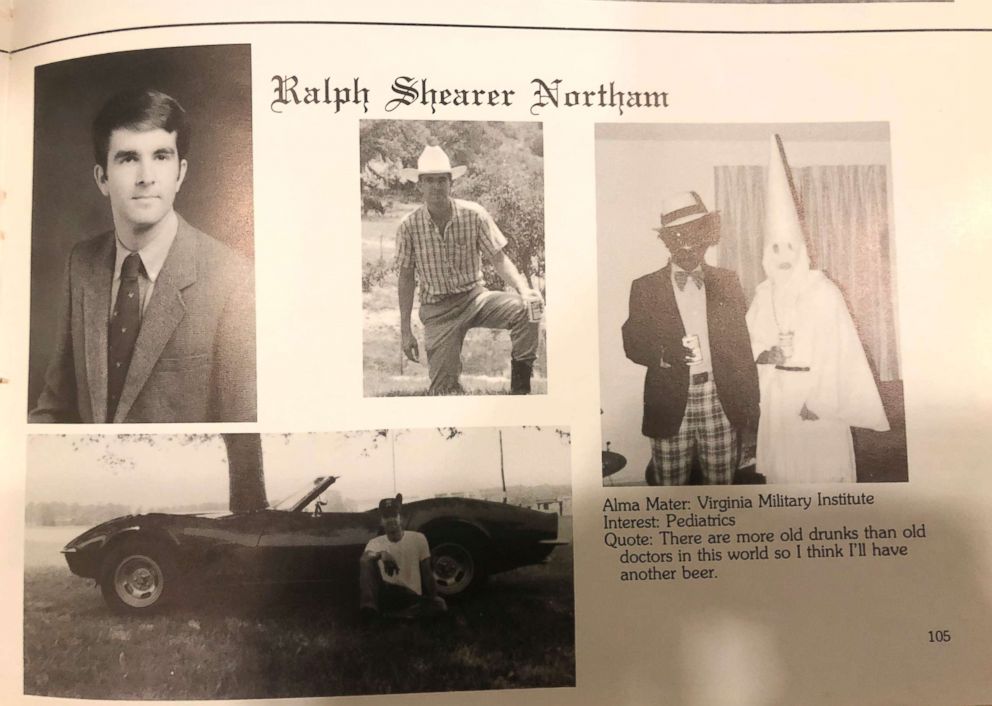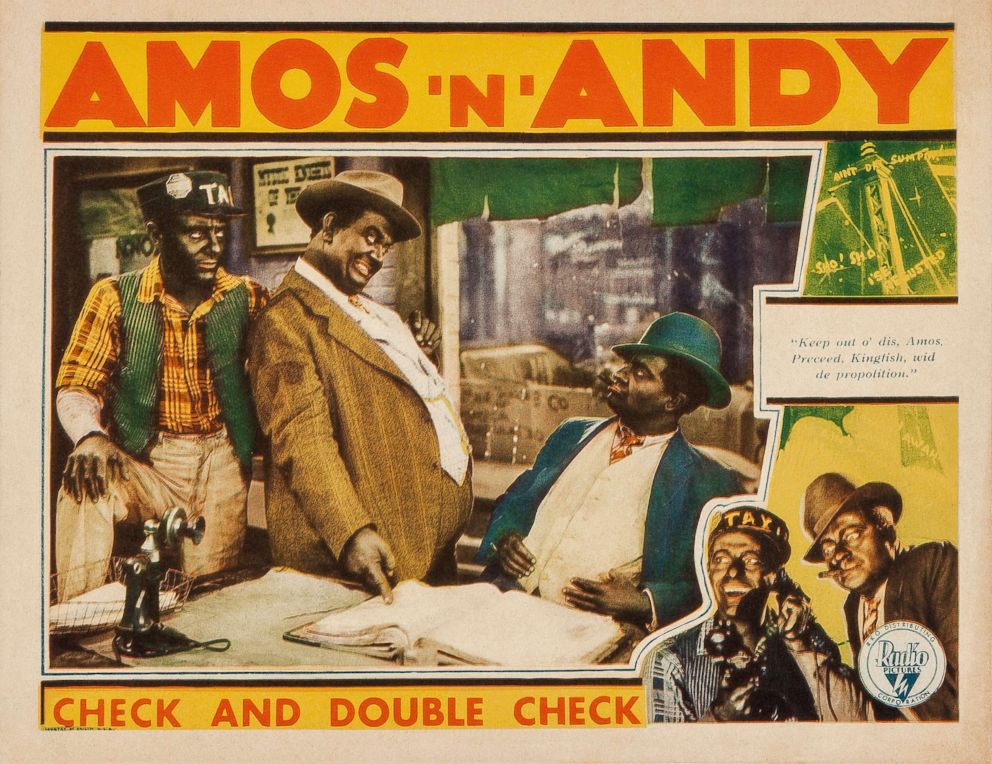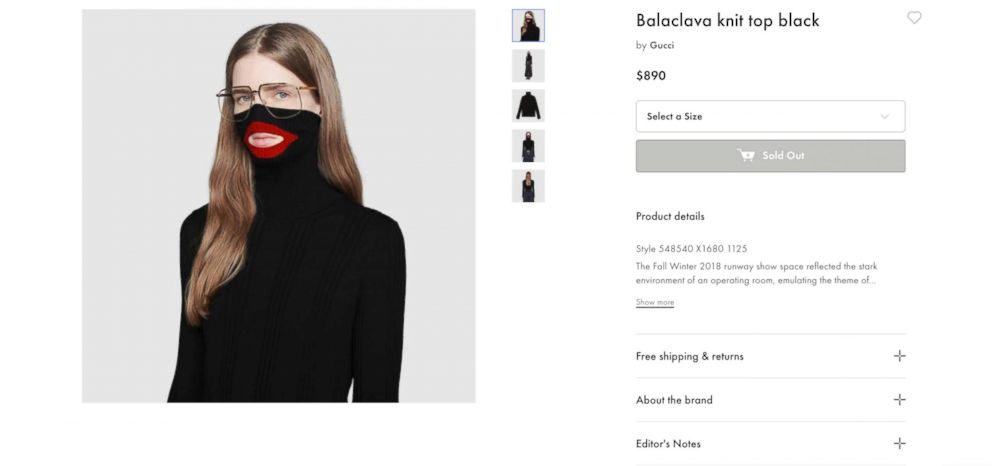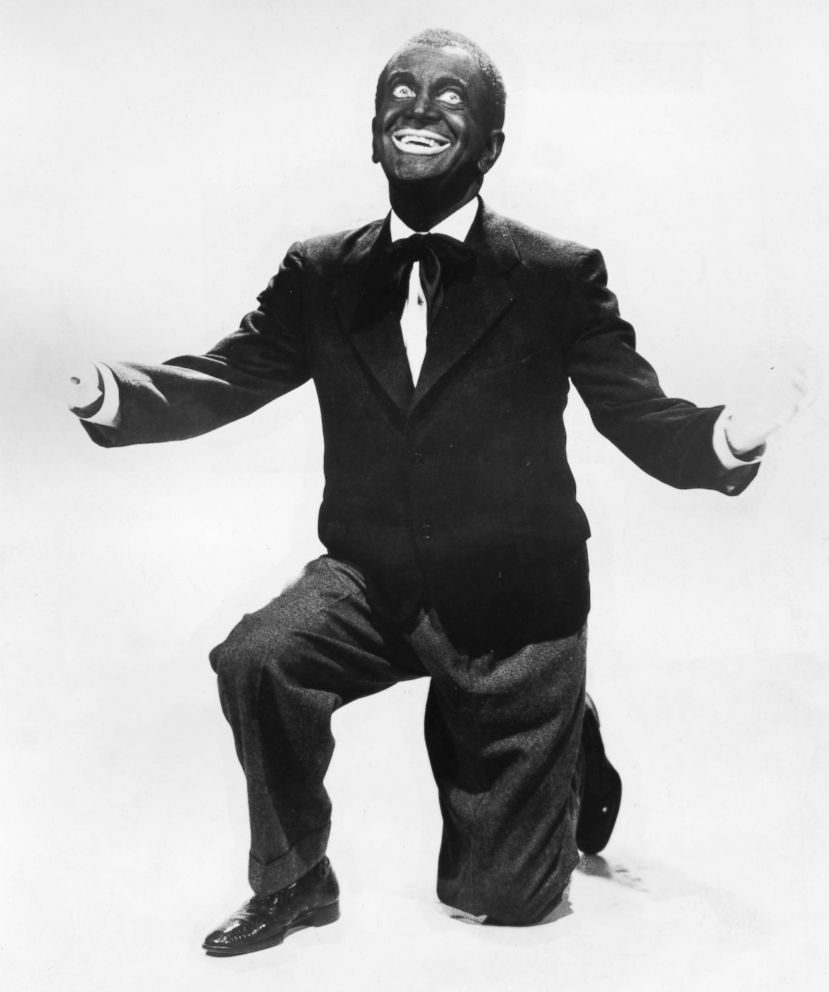Virginia blackface scandals a reminder of racist practice and its traumatic effect on African-Americans
The blackface scandals in Virginia highlight the history of the racist practice.
A dusty old yearbook on somebody's shelf meant nothing until a racist photo on Virginia Gov. Ralph Northam's page was found — and the impact has been devastating.
The state's attorney general called on Northam to resign, only to later admit that he, too, had worn "brown makeup" to imitate a rapper in the 1980s.
The blackface incidents revealed cracks in the foundation of state politics in Virginia.

The tentacles of slavery run deep in this country. In Virginia, in particular, the Dutch brought the first handful of slaves to be bought and sold as property on the banks of the Chesapeake.
Today, what's known about the physical bondage of chattel slavery often ignores the psychological methods used to dehumanize black people. The two worked in concert from the beginning.
Since the 1830s, blackface has projected gross, animalistic representations of African Americans -- the worst ideas of them -- and how they are outside the sphere of humanity. It was an effective tool to maintain racial boundaries and reinforce the notion that black people were ultimately inferior, experts say.
"It started being associated with presumably authentic representations of black people, specifically plantation slave culture. It was a way to mock and mark black incompetence in various areas: dance, fashion, song, language and knowledge," said Brandi Thompson Summers, an assistant professor of African-American studies and associate executive director at the Institute for Inclusion, Inquiry and Innovation at Virginia Commonwealth University. "The blackface character was inept, angry, and uncontrollable in every way."

One of the best-known performers was Thomas Dartmouth Rice. His number “Jump Jim Crow” brought this type of blackface to the mainstream stage during performances known as minstrel shows.
As a result of the minstrel act, “Jim Crow” became a derogative slang for blacks and the slang term for Reconstruction-era laws in existence through the 1960s, which codified racial segregation.
The history of blackface is complex and its remnants are everywhere, author Robert. C. Toll wrote in an article for American Heritage called "Behind The Blackface."
"It is on our supermarket shelves, in our advertising, and in our literature. But most of all, it is in our entertainment. From Aunt Jemima to Mammy in Gone With the Wind, from Uncle Remus to Uncle Ben, from Amos ‘n’ Andy to Good Times, the inexplicably grinning blackface is a pervasive part of American culture," he wrote. "Only very recently have black performers been able to break out..."
"Before the Civil War, American show business virtually excluded black people," he wrote. "But it never ignored black culture. In fact, the minstrel show - the first uniquely American entertainment form - was born when Northern white men blacked their faces, adopted heavy dialects, and performed."
Toll added that minstrels' popularity wasn't just the in the Deep South.
"The Northern white public before the Civil War generally knew little about black people," Toll wrote. "But it knew that it did not welcome blacks as equals and that it did enjoy watching minstrels portray the oddities, peculiarities, eccentricities."
Some thick, red or white paint around the mouth helped create an exaggerated aesthetic. And it wasn't uncommon to see these actors wear short, curly wigs to imitate the texture of black hair and tattered clothes to convey a disheveled appearance.
Even today, Gucci was pressured to pull sweaters that resembled blackface makeup; the company later apologized and said it was committed to diversity.

Jeffrey Blount, an author, journalist and professor at George Washington University's School of Media and Public Affairs, said the images denigrating African-Americans were effective in shaping social and political discourse around what it means to be black.
"Blackface in America is homegrown propaganda," he said. "A visual element of domestic terrorism."
The images and skits characterizing black Americans as lazy, ignorant and hypersexual resonated with audiences, he added.
"Frederick Douglass and other black leaders highlighted the intellectual capabilities of their people, yet the image of a dufus in blackface is what many whites preferred as the dominant representation of African Americans and their culture," Blount said.
Douglass also criticized the concept of blackface performers stealing a "complexion denied them by nature" to make money and perpetuate stereotypes.
The mask of blackface today hasn't changed much from its roots. Burnt cork and grease were used to darken the skin.
Or, as Northam said in describing dressing up like Michael Jackson during a performance in the 1980s, "a little shoe polish on my cheeks."
Virginia Attorney General Mark Herring said he and his friends “dressed up and put on wigs and brown makeup,” singing songs in an apparent effort to emulate Kurtis Blow and other rappers at the time.
Blount addressed the question, as some have asked, whether dressing up as a member of another race but not donning what is historically seen as blackface is offensive and related or separate.
"Yes," it is, he said. "While it isn’t the equivalent of blackface, appropriation of other cultures in terms of dress is offensive. In the last couple of years, some artist have gotten in trouble dressing from other cultures in their videos."
Thompson Summers added that "racial identity is never a costume."

"Emulating someone is fine," she said. "But there’s no reason to darken the skin. There are so many other ways to accessorize yourself.”
As the appeal for blackface began to fall off in the 20th century, its use has become more controversial but not unheard of.
Ben Vereen attempted using blackface to depict the pain of the marginalization of black entertainers, specifically Bert Williams, who was forced to perform in blackface during the early 20th century. The telecast cut off the performance before the end when it aired and, as a result, an ironic portrayal became a caricature, the opposite of his intent.
In the 1990s, actor Ted Danson did a riff that included blackface and used more than a dozen references to the n-word.
And recently, journalist Megyn Kelly’s comment that blackface was OK as long as you were portraying a character cost her job.
Black people -- affected by the negative portrayals of themselves, scholars say -- also used blackface to perpetuate myths.
The most recognizable example is Stepin Fetchit, a black man whose willingness to portray these stereotypes made him a star. He reportedly became the first black actor to make a million dollars by performing a stereotype shtick billed as "The Laziest Man in the World".
Cheryl Sterling, director of the African-American Studies program at Penn State University, says that blackface is an extension of slavery that has led black people to suffer from post traumatic stress disorder, or PTSD.
"We have finally made this idea of trauma scientific. And we understand that trauma exists when people return home from war. We fail to admit that from the minute black people were brought to this country there has been psychological and physical warfare on every level," Sterling said. "Now it is part of our DNA. Blackface is part of that trauma."
Sterling says this is why incidents like the one playing out in Richmond are not shocking to black people. Because of intrinsic bias, she says, black people are seen by our skin color, not as the people we are.
"It triggers that memory of white people looking at us as other than the human beings we are," she said.
Thomson Summers, meanwhile, says despite the emotional and traumatic effects of blackface over the decades, "it never went away."
"Its legacy lives on as elite white college students and elite global fashion brands, like Gucci and Prada, continue to use the images of blackface ‘coons’ and golliwogs as part of their aesthetic imaginations," she said.




